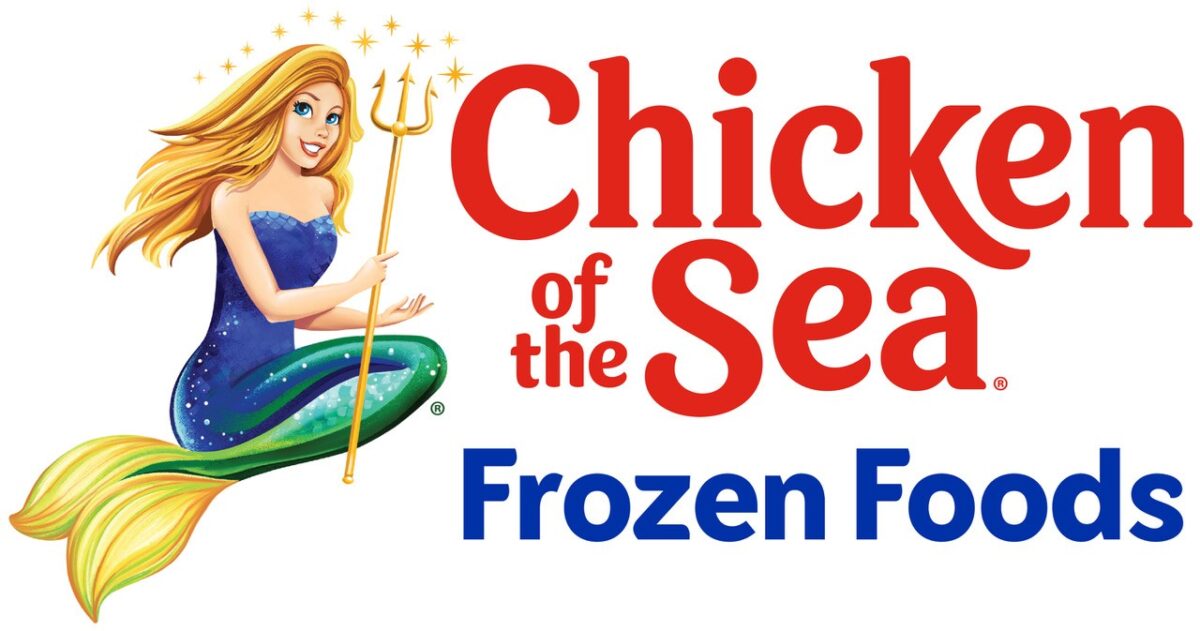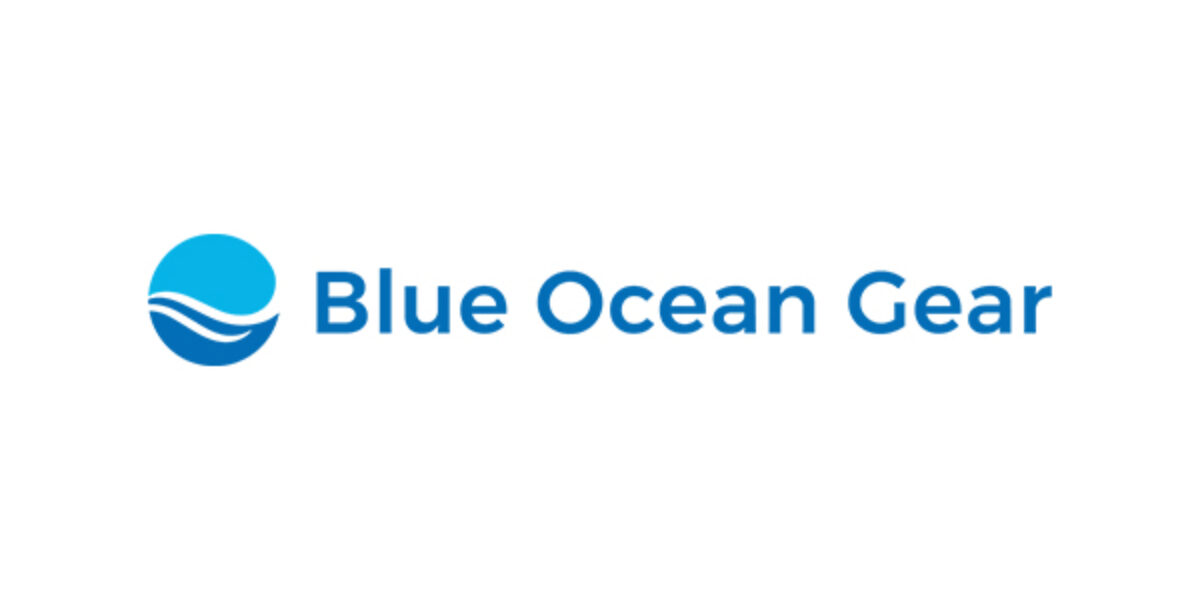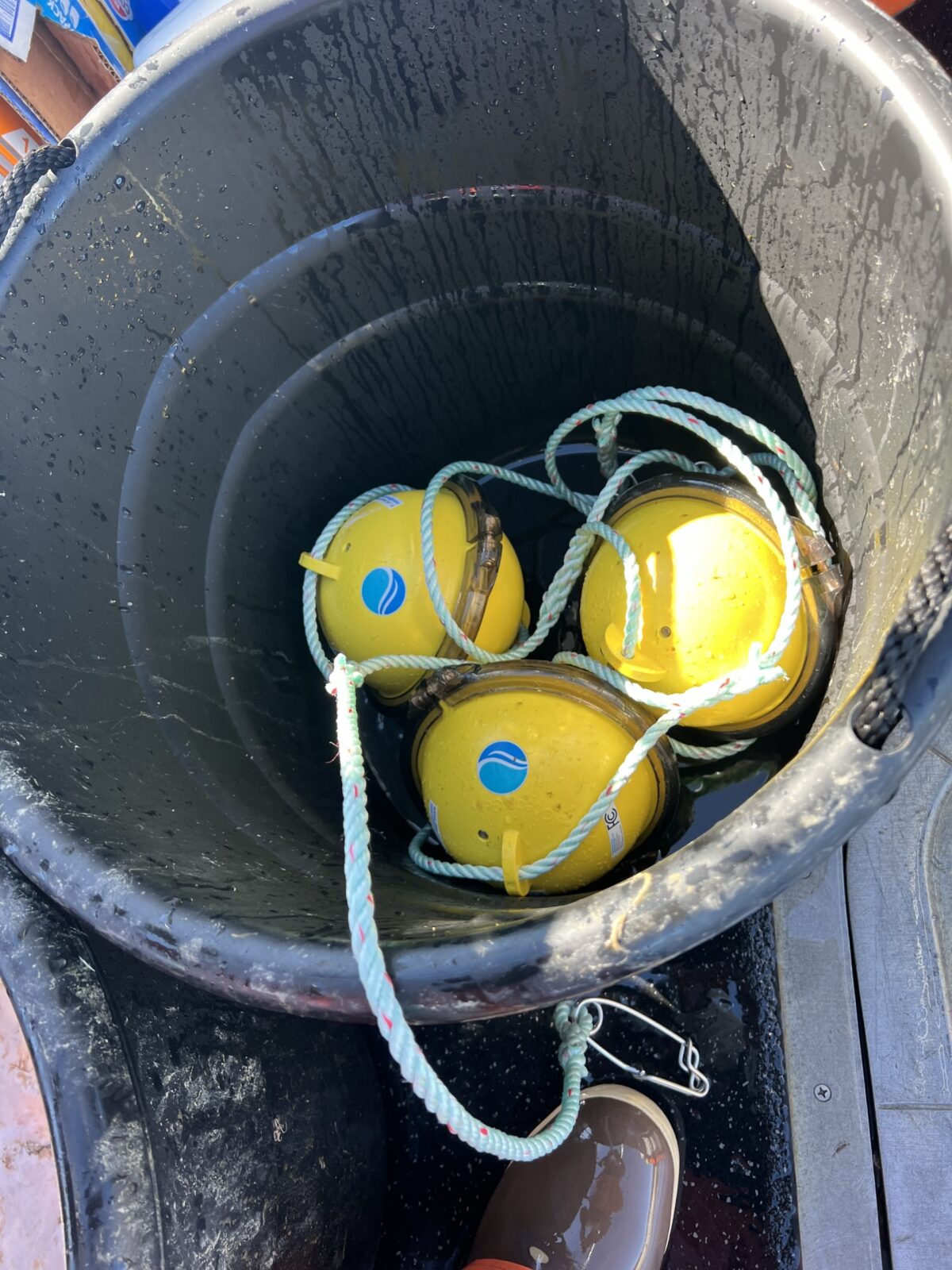Smart Buoy Technology in the Gulf of the St. Lawrence, Canada
Adding additional Smart Buoy Technology in the Gulf of the St. Lawrence
The Gulf of St. Lawrence is home to the third largest snow crab fishery in the world, behind only Newfoundland and Russia. Over the past decade, the southern Gulf of St. Lawrence has also become a key feeding ground for North Atlantic right whales (NARWs). Currently, the population of NARWs is estimated to be approximately 372 animals, making it one of the most endangered whales in the world. Entanglement in fishing gear and ship strikes are the two main causes of death for NARWs, with 65 percent of all NARWs showing scars and other signs of entanglement. The prevention and mitigation of NARW (and other whale species) entanglements with snow crab fishing gear has become a top priority for harvesters, regulators, and marine mammal preservation- focused NGOs. Gear tracking has been shown to eliminate or reduce gear loss by allowing fishers to continuously monitor the location and movement of deployed gear, ensuring that 100% of gear is hauled in at the end of the season.
Fishers have deployed a growing number of Smart Buoys on snow crab gear in the southern Gulf of St. Lawrence to successfully track gear over the past four (4) seasons, with over 350 units utilized by 10 different fishers in the 2024 season. Fishers using Smart Buoys have been able to identify unusual gear movement events, recovered lost or misplaced pots and in some cases prevented gear poaching.
In Spring 2025, with support from Publix and Chicken of the Sea Frozen Foods the project continued growth by supplying an additional 87 smart buoys and 3 plotter links to three Nova Scotian crab vessels. This included software and data plan to receive and access the buoy data and initial training in buoy use, and technical support throughout the 2025 spring fishing season.
As of July 2025, two of the fishers completed their quota and all their gear was safely used and retrieved. The only exception was one unit that was assumed to have been dragged by a freighter and could not be recovered.
The project provided valuable information for future use and improvement. For instance, it was learned that rigging is very important especially in strong currents. Fisher Marc LeFort stated, “The buoys are a good addition to our gear and will configure them differently next season”. Further noting, he will position the buoys next year to follow the main buoy instead of being placed in front of the main. Additionally, it was learned that the vessels in the Gulf of St. Lawrence area needed more frequent transmission, which was increased before the end of the season.
Funding support for this project provides harvesters access to this new technology. By increasing the number of trials, harvesters are improving their understanding of smart buoys to prevent gear loss and potentially other solutions, such as protection for NARWs.





